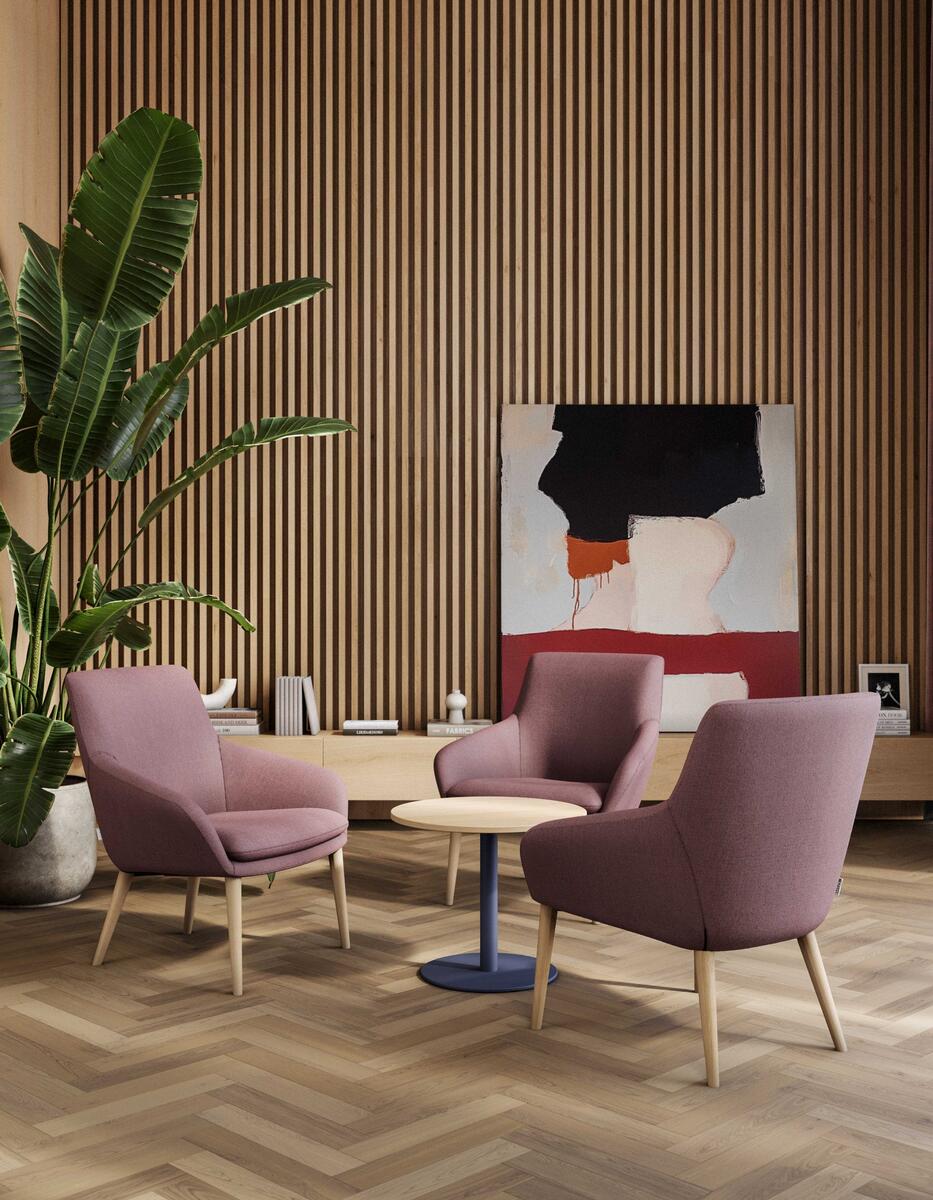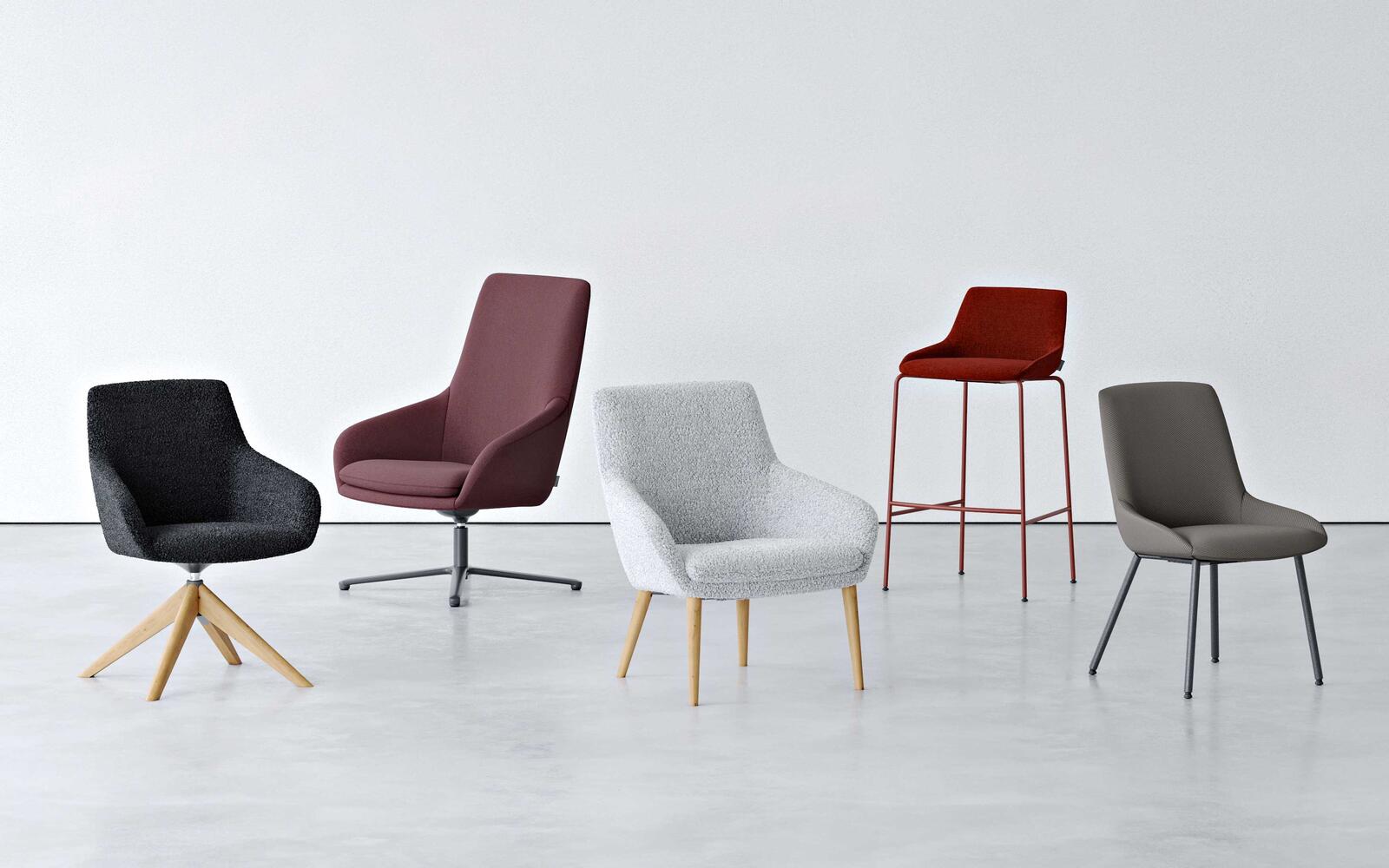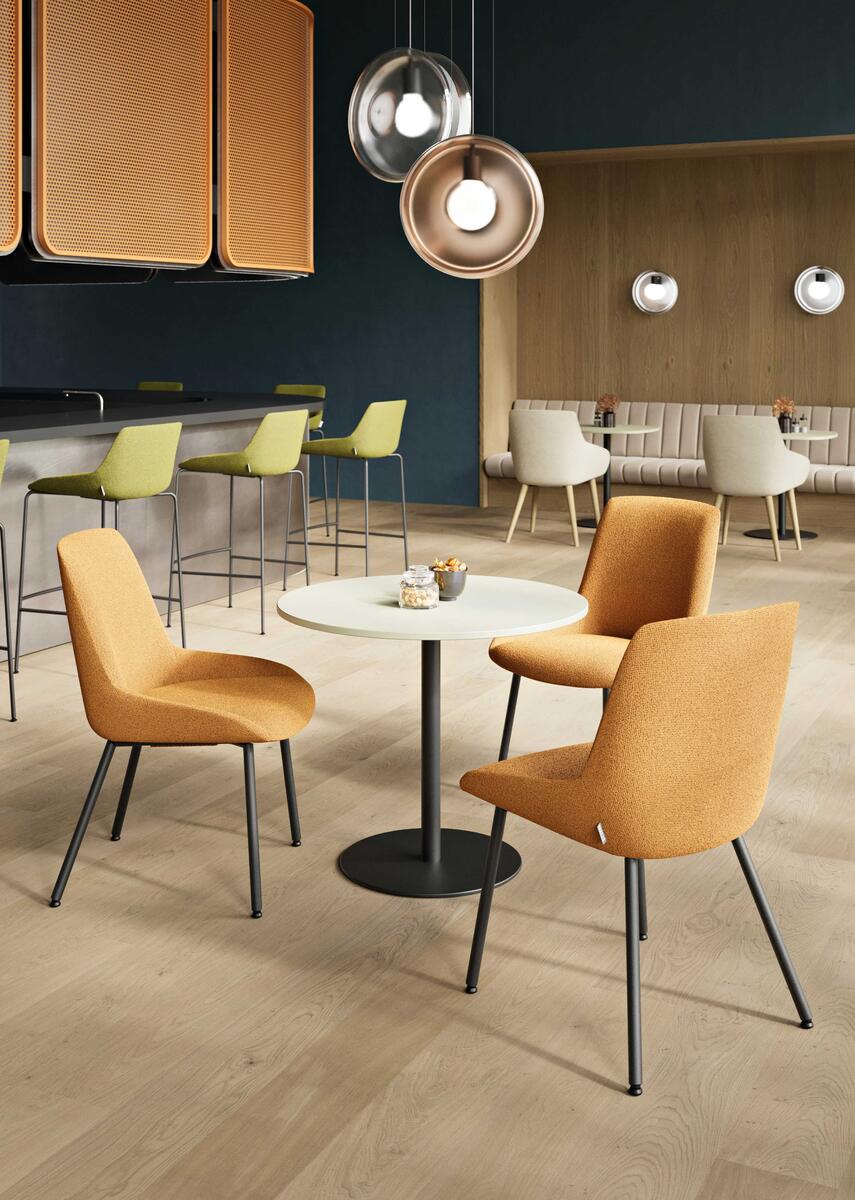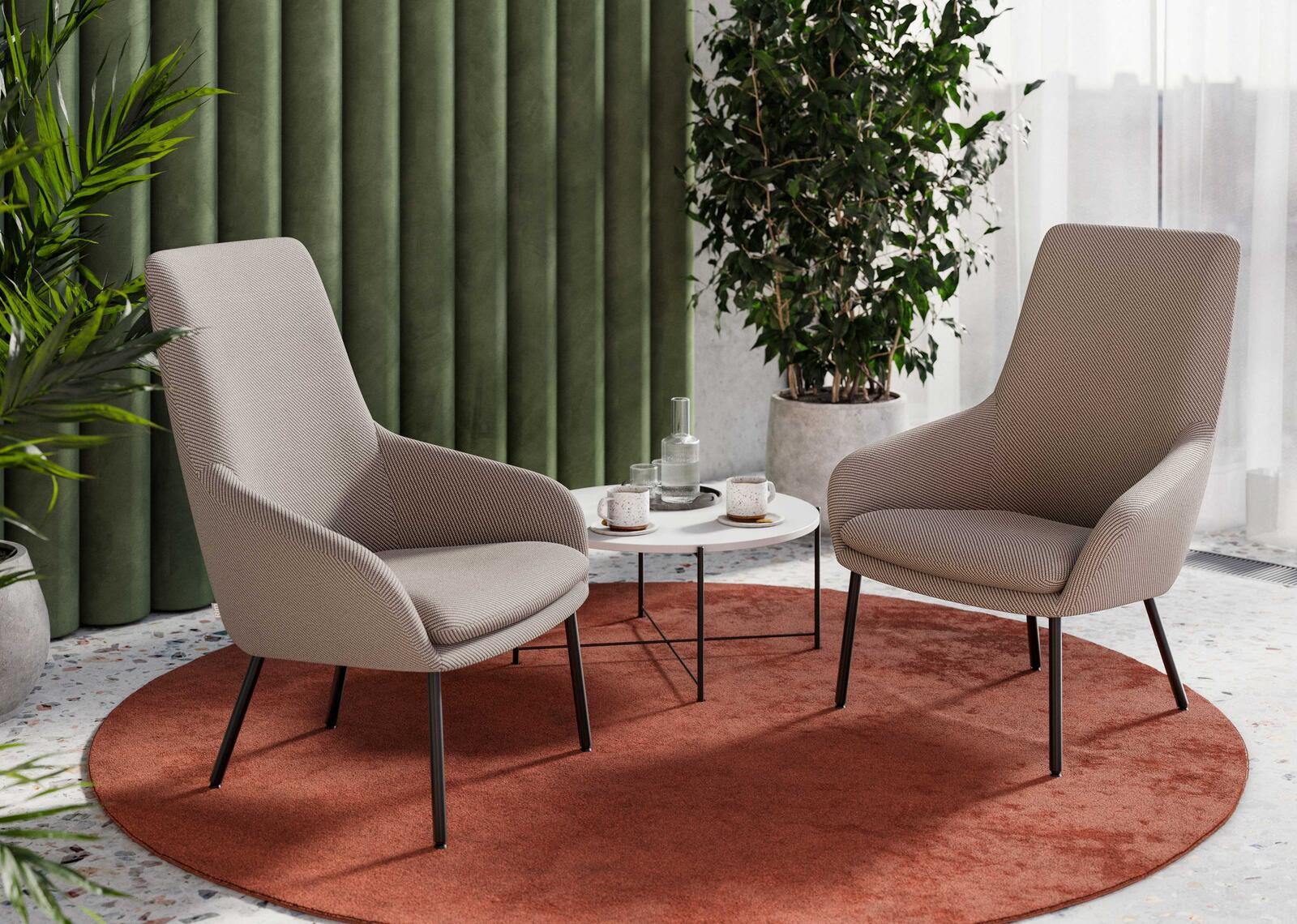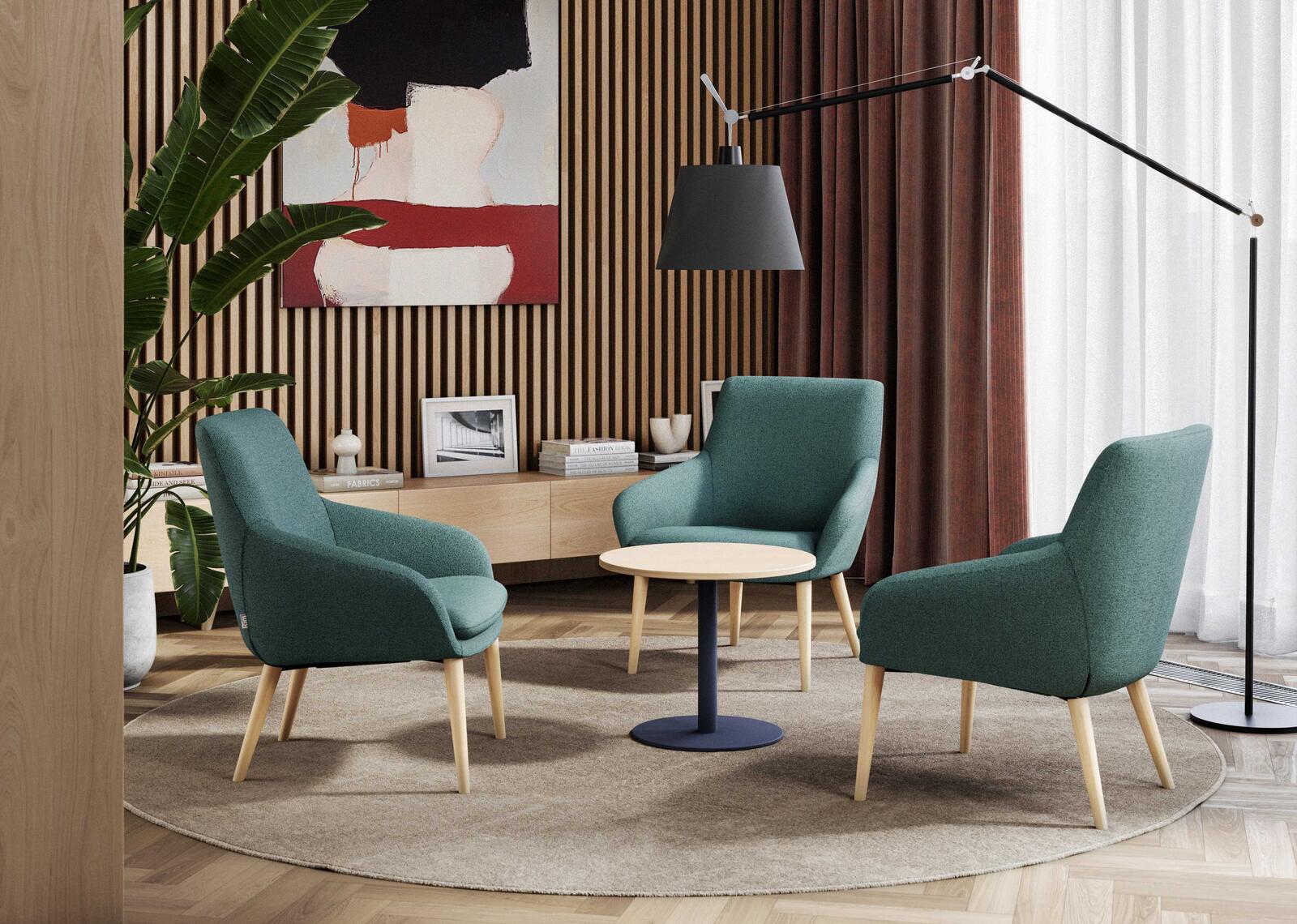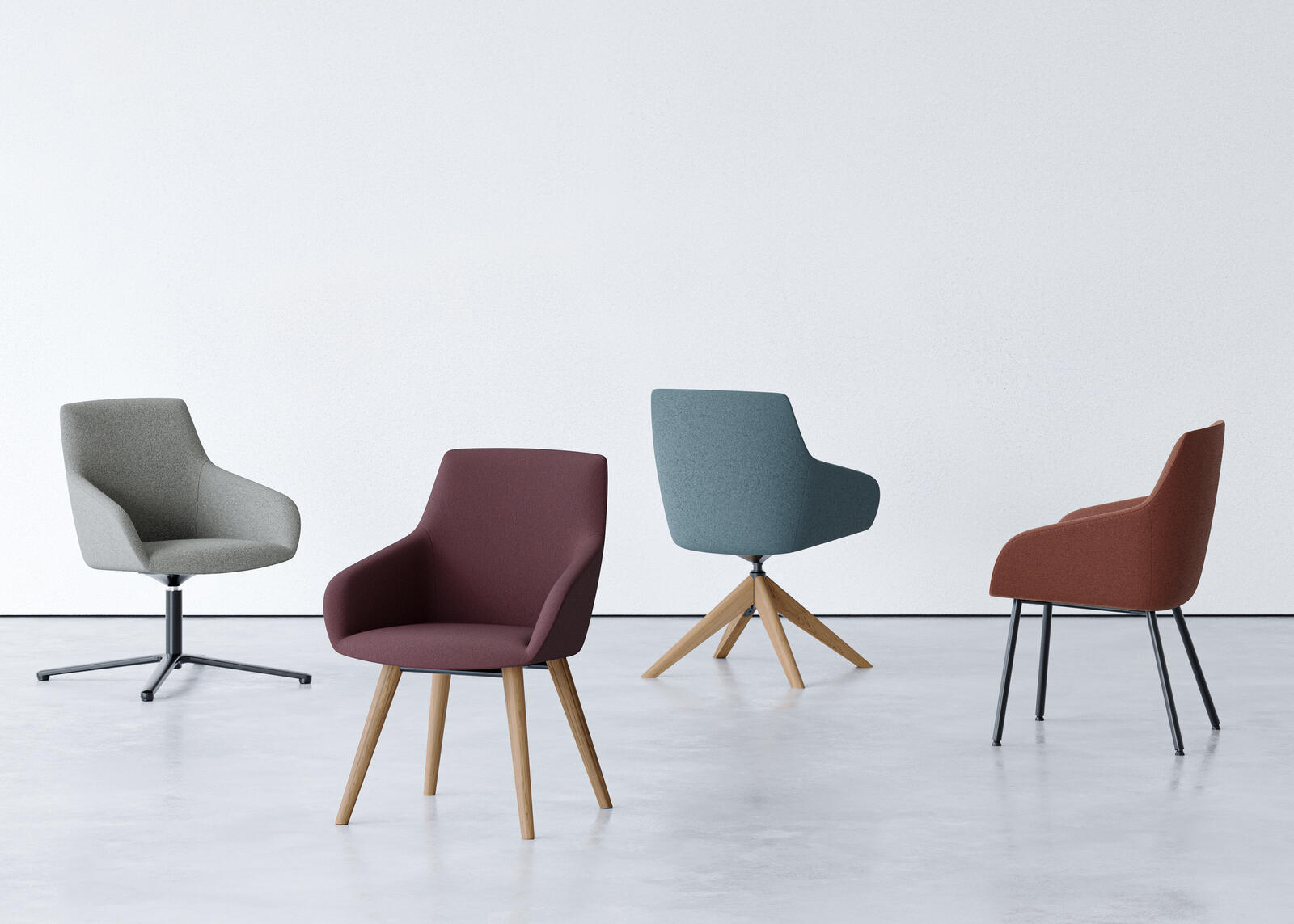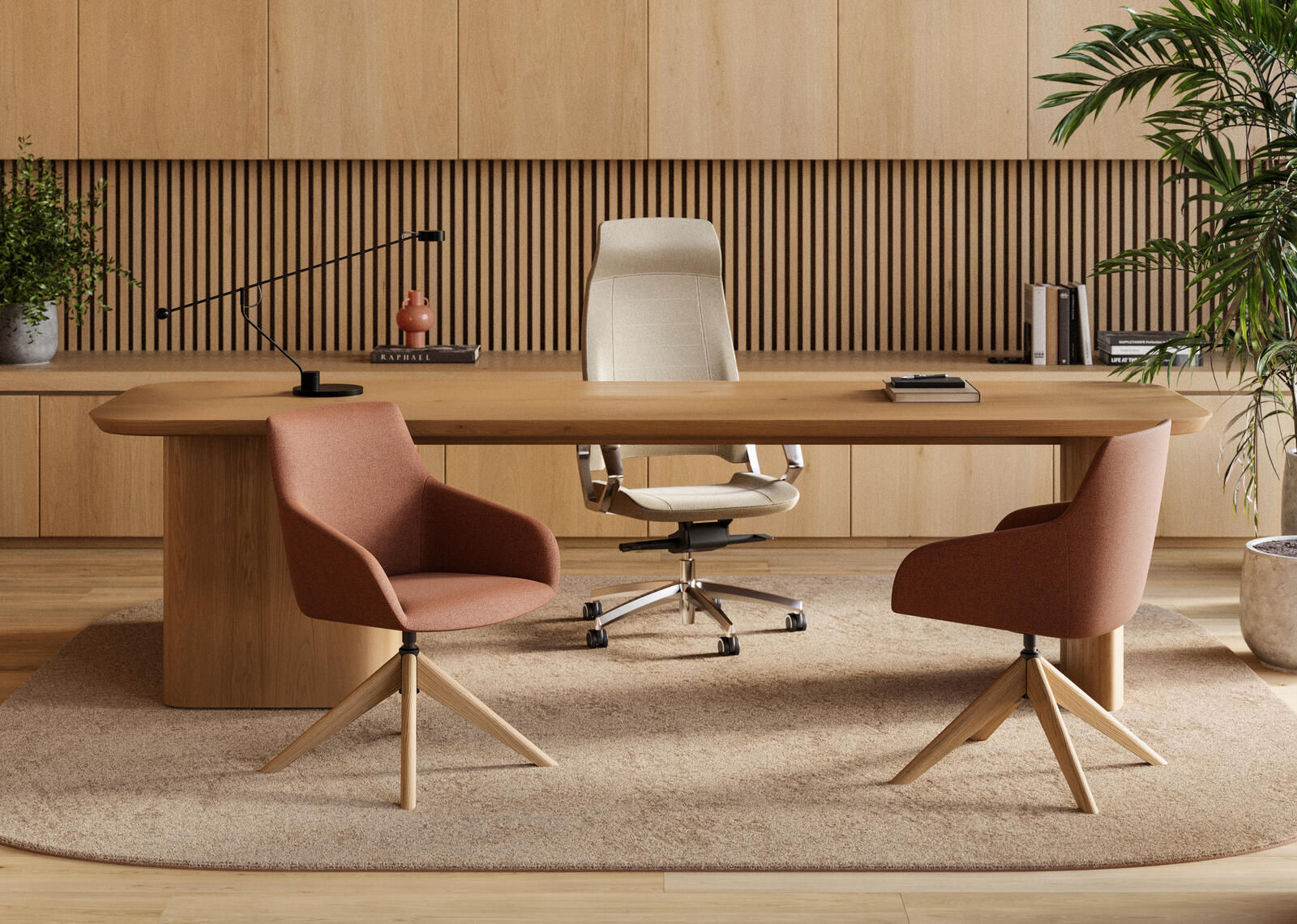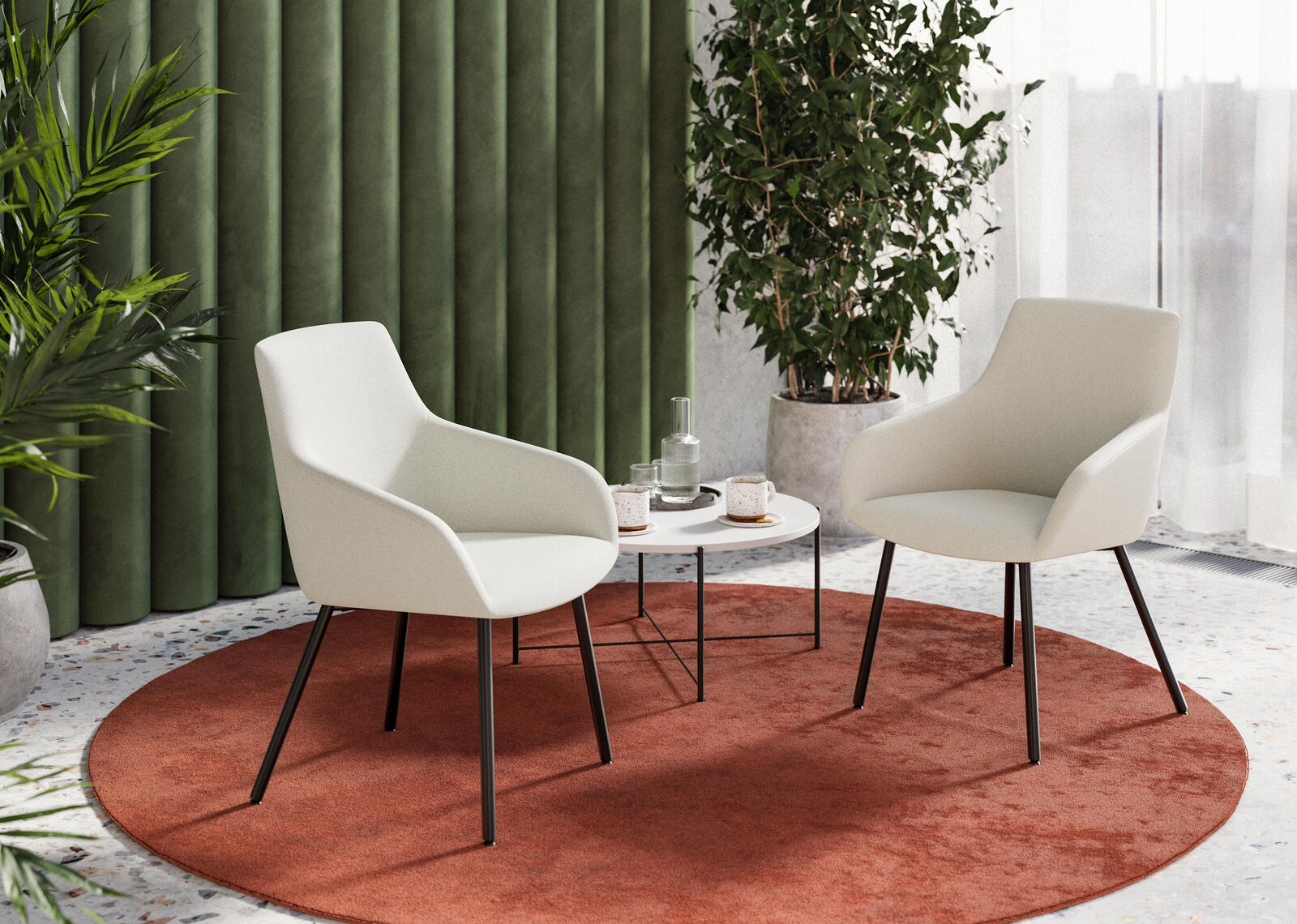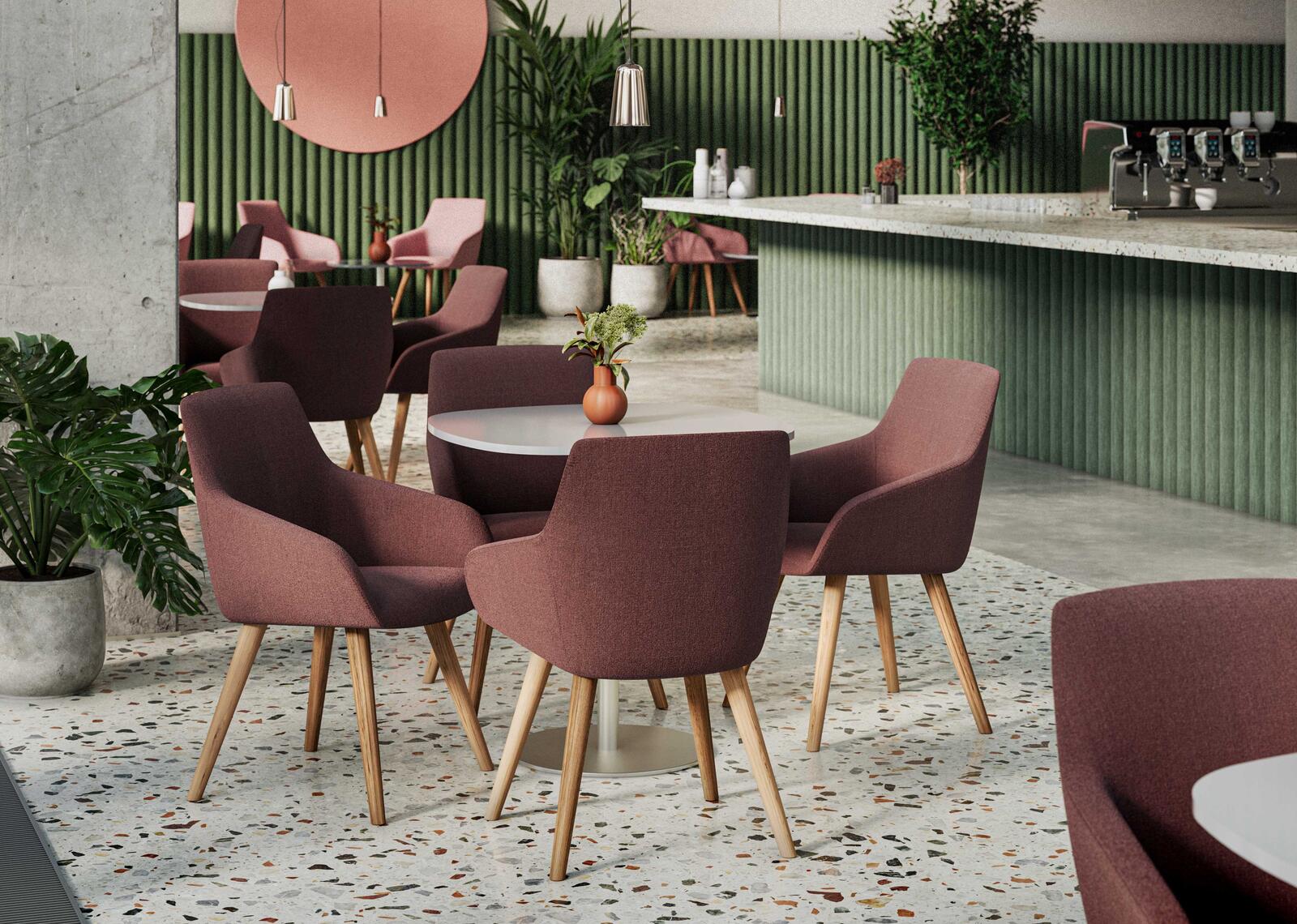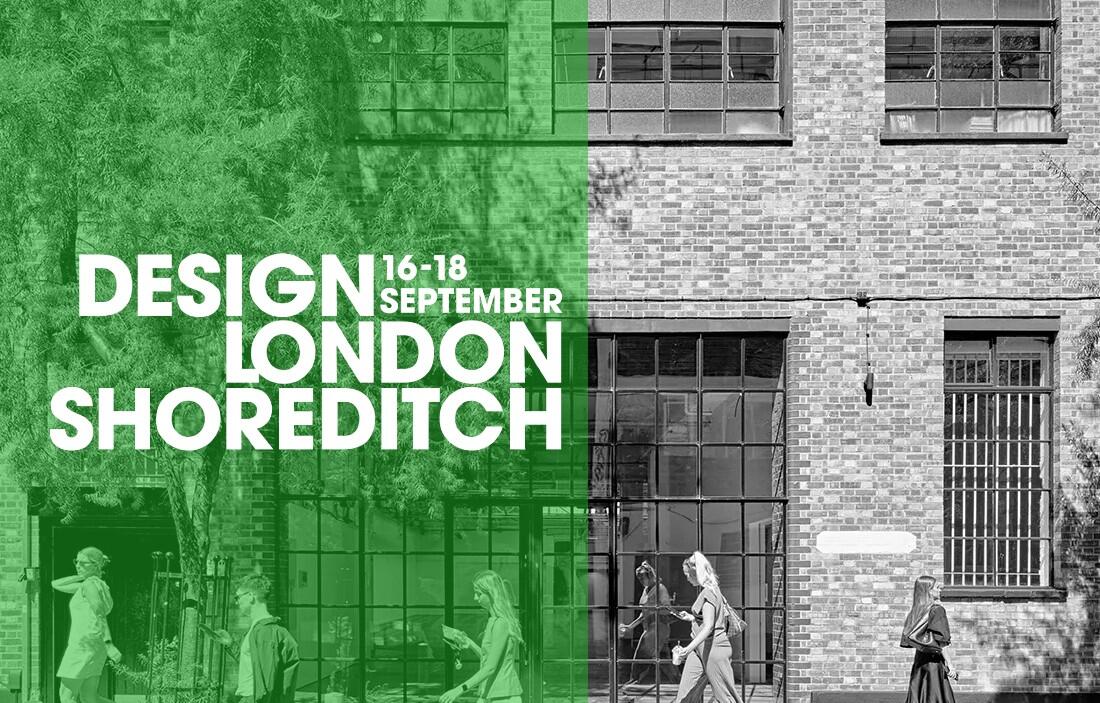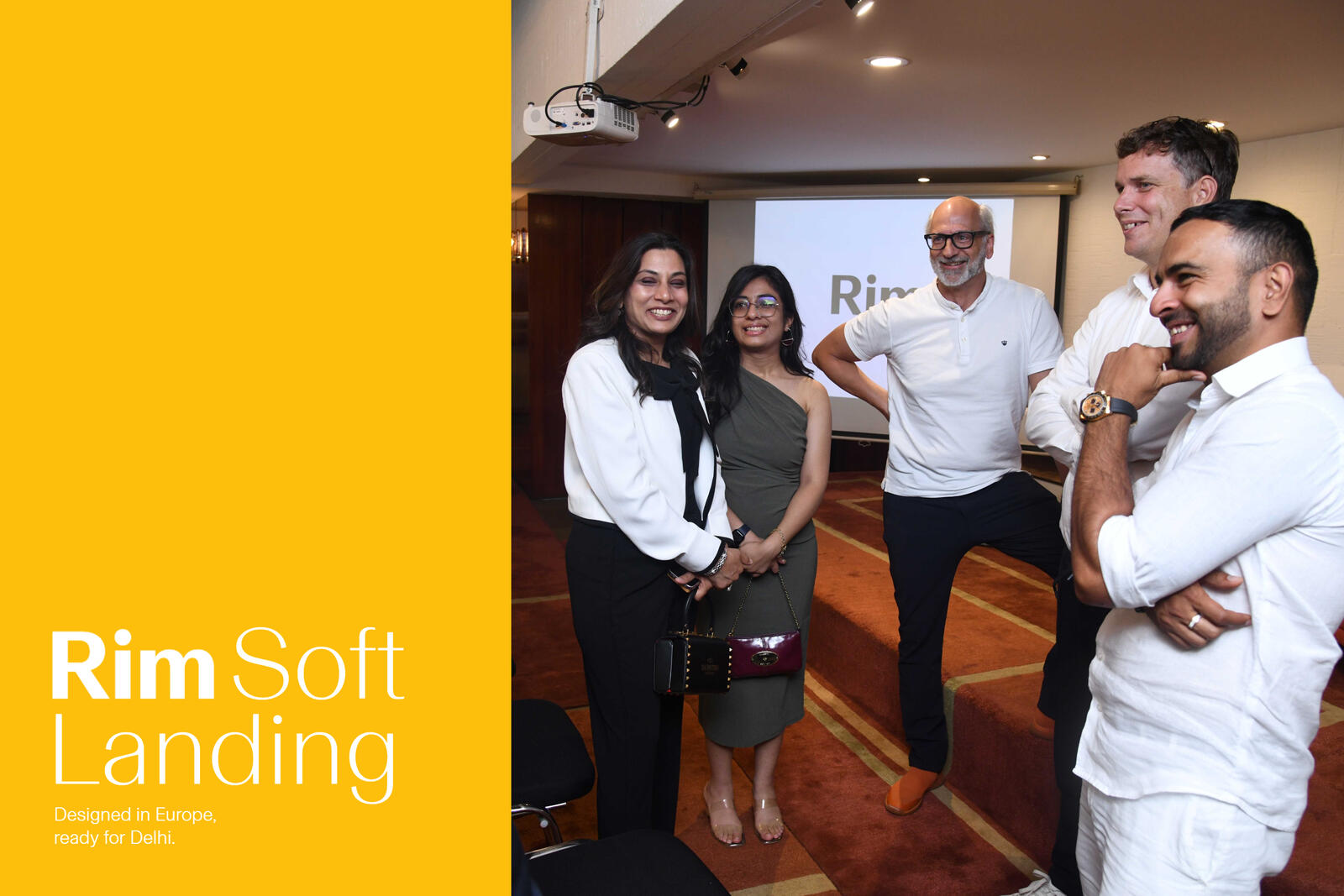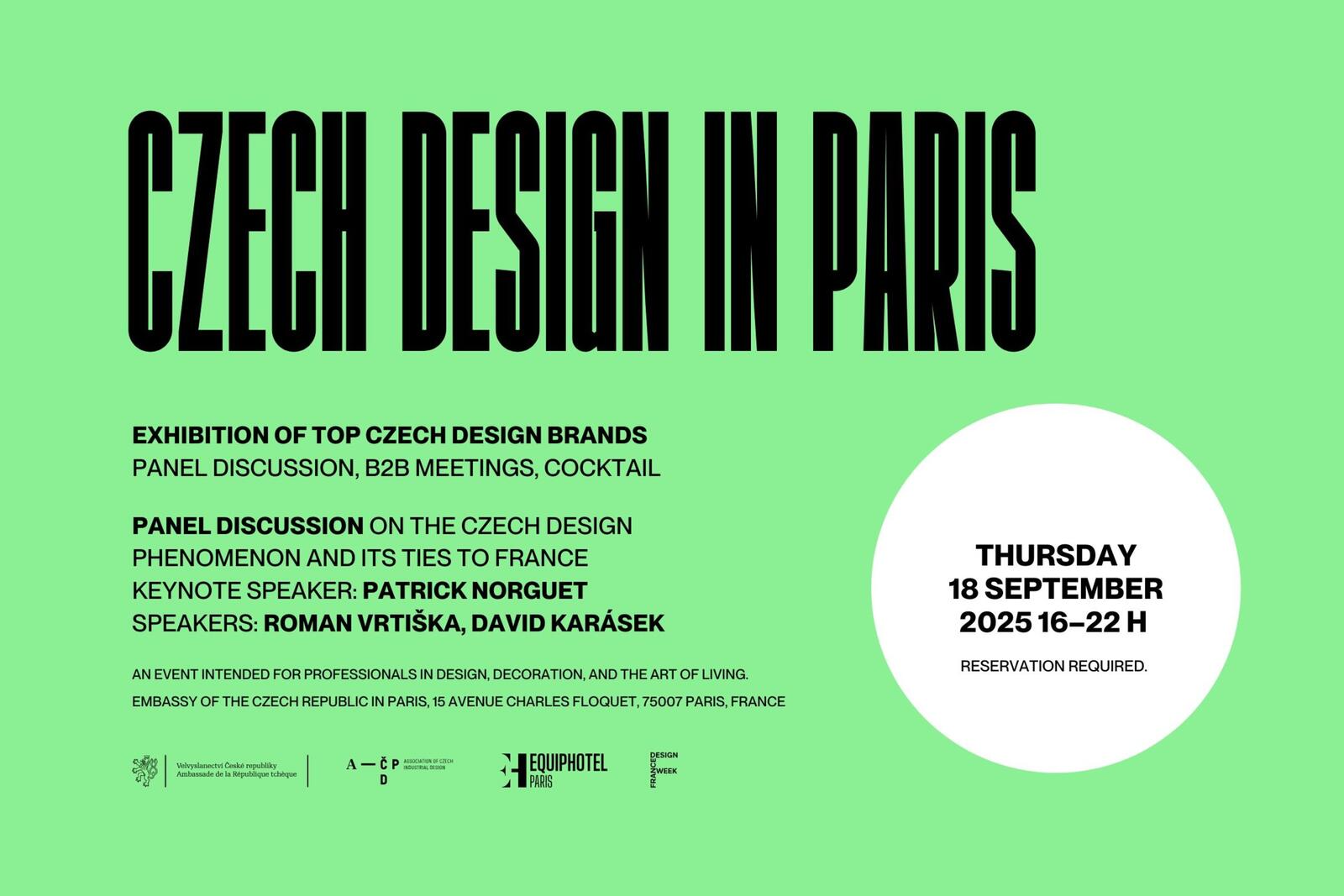
Marcelo Alegre: On Collaborative Projects and the Growing Importance of Hybrid Workplaces
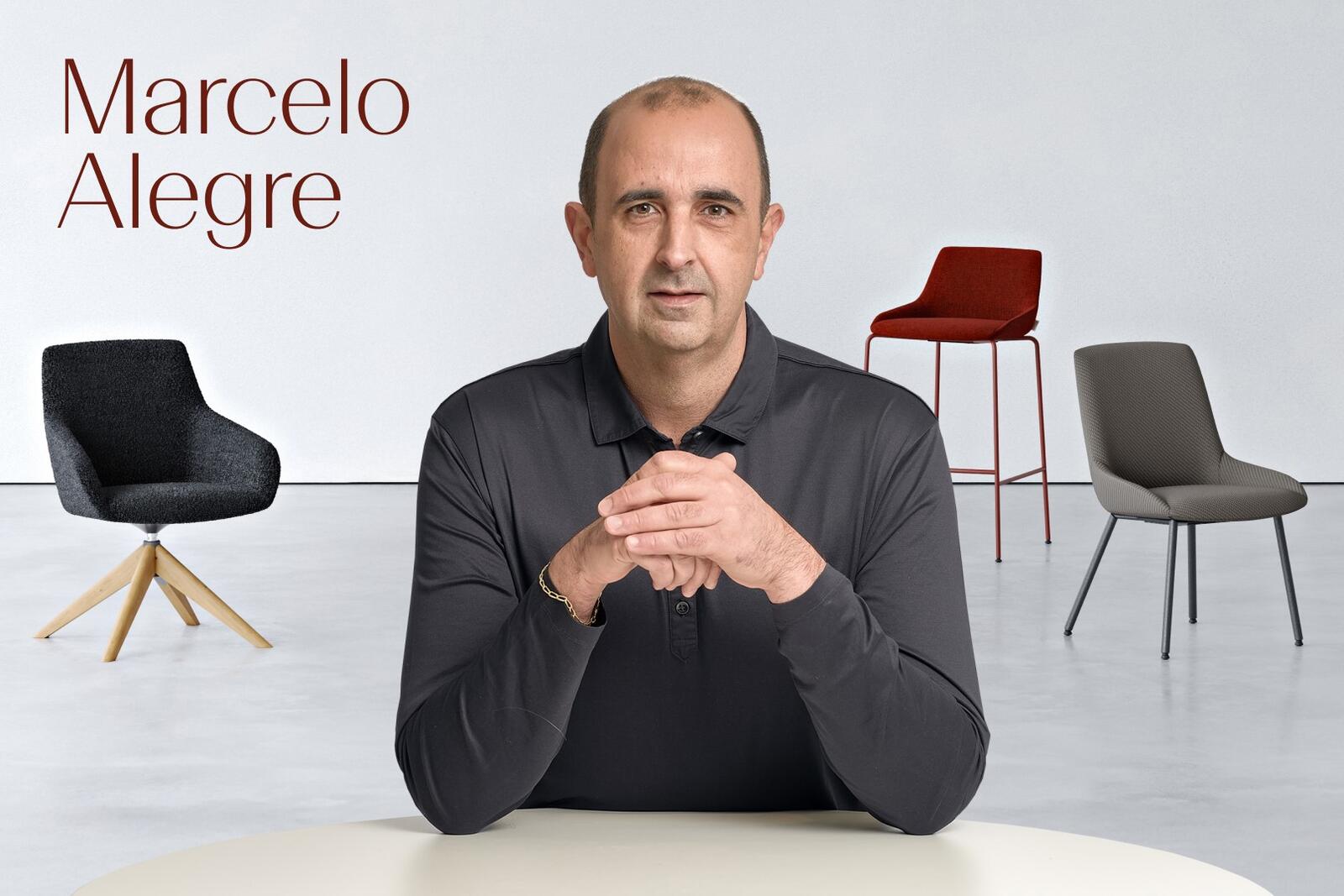
The Kloe collection marks the first collaboration between RIM and the Spanish design studio Alegre Design. Based in Valencia, this internationally acclaimed studio has received numerous awards for its creative and innovative work across a range of industries. We sat down with the studio’s founder and designer, Marcelo Alegre, to talk about our journey together in the world of office seating — and to explore the current and future trends shaping the way we work.
Marcelo, how did the collaboration between RIM and Alegre Design come about? Where did it all begin?
We first received an email from RIM executives asking for a meeting during the Salone del Mobile in Milan. It was there, in Italy, where we had our first contact and where we could see that we could align the interests of both companies to generate new products. Subsequently, we visited RIM's facilities in the Czech Republic, where we got to know the company's production and technical capabilities and, from there, we were able to define the challenges that could be addressed in the coming years in terms of soft seating products.
The Kloe collection now offers a complete seating solution. As the designer, how would you introduce it to help Kloe stand out and gain recognition in today’s crowded market? What makes this collection different from the rest?
Within this range of soft seating products, we wanted to design a singular armchair that was both advanced and timeless at the same time, capable of standing the test of time. Our intention was for it to have distinctive features that would make it unique, thanks to the contrast of basic geometries.
Could you walk us through the creative process behind the Kloe collection? What inspired the design, and how did the concept evolve into the final product?
When we started designing Kloe, with the aim of making it a timeless, geometric and avant-garde product, we wanted to emphasize the formal contrasts of geometric finishes. We were inspired by the world of fashion, as it is a textile product, and the finishes of electronics, so that it would have personality but without ceasing to be a classic product. The creative process sought to generate that fluid sensation through technical materials applied to a product that must last over time.
As a designer, how do you perceive the current trends and shifts in office seating and the workplace environment overall? What changes do you see shaping the future of how we work and sit?
Offices are undergoing a major evolution, towards spaces of well-being for all users. It is no longer about spaces that house territorial workplaces, but spaces for sharing ideas, projects and vision. Where people feel good, at ease and happy.
Offices must be able to coexist with remote work and with personal and family reconciliation. For this reason, it must be an environment that increasingly requires upholstery and soft seating elements that have personality and convey a timeless aesthetic, but that retain their functionality and support people's need to share and converse.
How open are Spanish offices to change? Are they more traditional, or do they embrace flexible and modern ways of working?
Spain is in line with other European countries. We find small and medium-sized companies that still place a high value on presence and the territorial workplace, but there are also more and more large corporations that seek efficiency, the well-being of people and the personal and professional growth of individuals. The same trends can be seen in France, Germany and other European countries; it is a model that is taking hold across Europe and puts people at the center.
Where do you see office environments heading in the coming years? What key elements do you think will become essential parts of everyday workspaces?
The new elements of office spaces must be geared towards generating spaces for sharing, for relationships and for making progress from a work and human point of view. And these necessary spaces, it is essential to have agile and flexible furniture that organize the spaces to generate work and wellbeing flows. And so that they adapt quickly and easily to the circumstances of each day, of each project and of each team.
Earlier this year, we were thrilled to welcome you to our company. What were your impressions — of RIM, and of the Czech Republic overall?
The impression I got is that the Czech Republic, in general, and especially the company are fully aligned to the needs of the market and have a very large exponential growth potential.
We are at the beginning of a great road ahead for this company, which already has a long history behind it and whose production techniques and processes are on a par with European standards.
Might this be just the beginning of a longer partnership between RIM and Alegre Design?
In fact, we are already working on new collections for more corporate spaces that will be released soon.
